evergreen
Brilliant_Rock
- Joined
- Jan 18, 2012
- Messages
- 851
I've got a bunch of questions about heating colored stones, some of which probably have been answered in older threads (but the Google search on here just doesn't work for me). Any help -- answers, or threads where these have maybe been done to death -- would be much appreciated.
1. Are there any good sources for before-and-after shots of heated gems? Particularly corundum, but really any CS; I'd just like to know more about how they "change". How predictable is the color change?
2. I think I've seen that zircon usually goes brown/red-->blue, tanzanite brown-->blue, apatite yellow-->blue... any corrections to that basic algorithm? I haven't figured out a pattern for corundum's color change yet, but I'd be interested to know what the "input" and "output" colors tend to be.
3. How do you know how hot, and how long, to heat for? Can you over-heat a gem?
4. I've seen people mention "basic heat" as a treatment -- are there any less-basic types of heat? Like... EXTREME heat, or something?
5. Are stones sometimes heated because of inclusions? Which inclusions improve with heating?
6. What inclusions or stone characteristics suggest a stone that's vulnerable to cracking when heated?
7. Are there any other perils for stones besides cracking or turning yucky colors when they're heated?
8. Are there any post-heating changes that are NOT permanent?
9. What other things do lapidarists think about when heating a stone?
10. Have you ever heard of someone buying an unheated stone and heating it themselves? Or sending it off to be heated? Those who are experienced in CS, have you ever been tempted by something you thought could improve with heating, or are virtually all potentially-improved stones already heated by the time we consumers see them?
I think that's enough for now... Thanks in advance!
Thanks in advance!
1. Are there any good sources for before-and-after shots of heated gems? Particularly corundum, but really any CS; I'd just like to know more about how they "change". How predictable is the color change?
2. I think I've seen that zircon usually goes brown/red-->blue, tanzanite brown-->blue, apatite yellow-->blue... any corrections to that basic algorithm? I haven't figured out a pattern for corundum's color change yet, but I'd be interested to know what the "input" and "output" colors tend to be.
3. How do you know how hot, and how long, to heat for? Can you over-heat a gem?
4. I've seen people mention "basic heat" as a treatment -- are there any less-basic types of heat? Like... EXTREME heat, or something?
5. Are stones sometimes heated because of inclusions? Which inclusions improve with heating?
6. What inclusions or stone characteristics suggest a stone that's vulnerable to cracking when heated?
7. Are there any other perils for stones besides cracking or turning yucky colors when they're heated?
8. Are there any post-heating changes that are NOT permanent?
9. What other things do lapidarists think about when heating a stone?
10. Have you ever heard of someone buying an unheated stone and heating it themselves? Or sending it off to be heated? Those who are experienced in CS, have you ever been tempted by something you thought could improve with heating, or are virtually all potentially-improved stones already heated by the time we consumers see them?
I think that's enough for now...

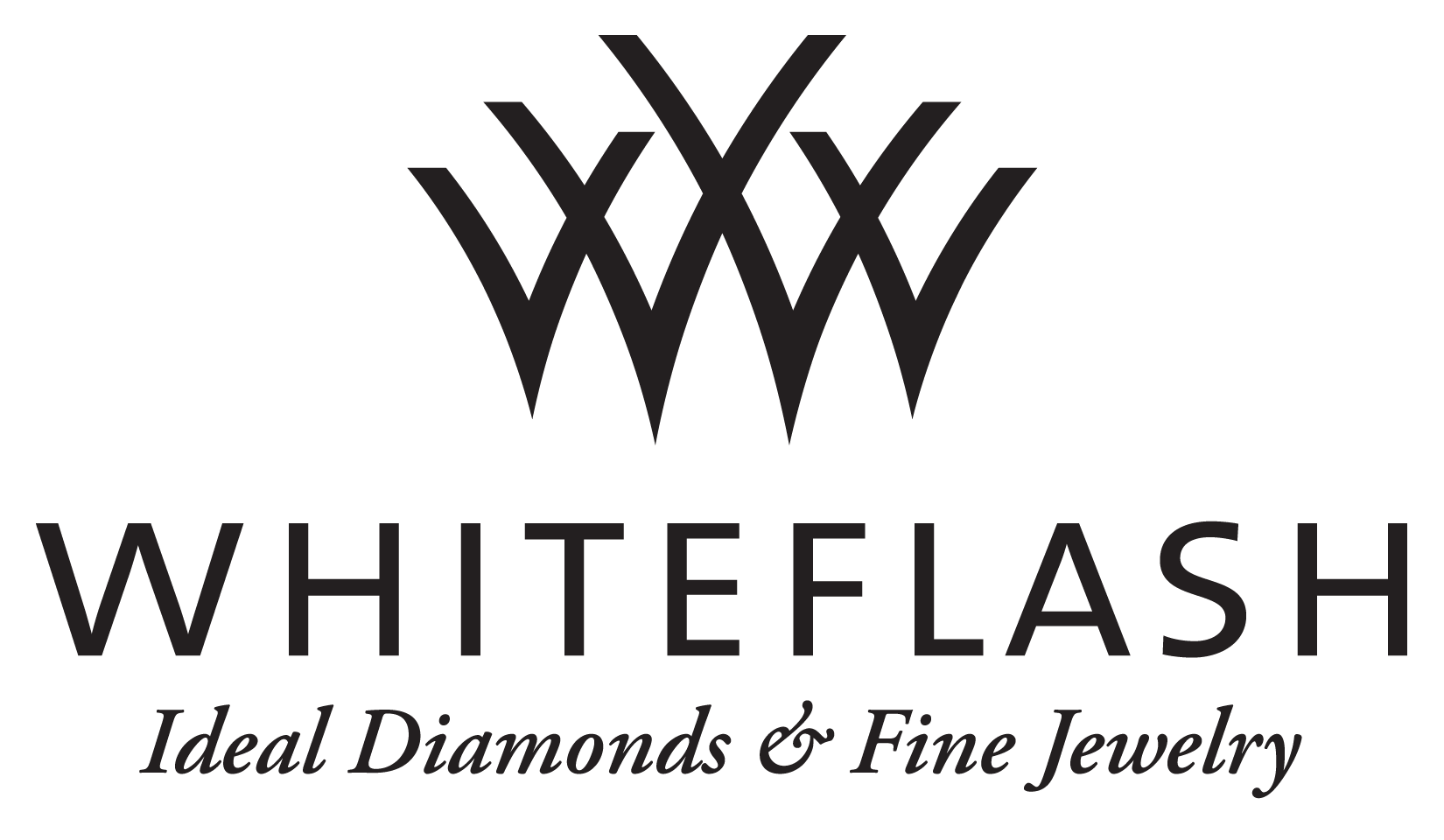
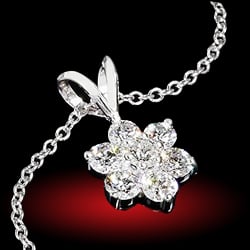
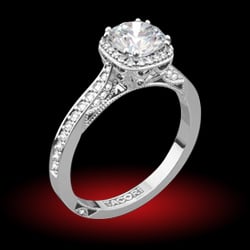
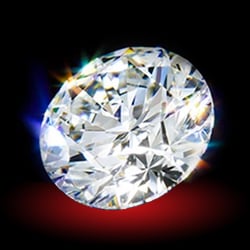
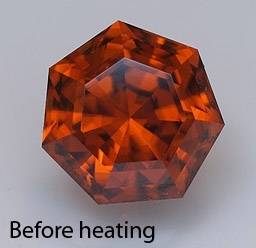
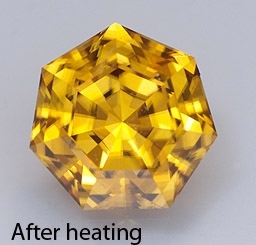
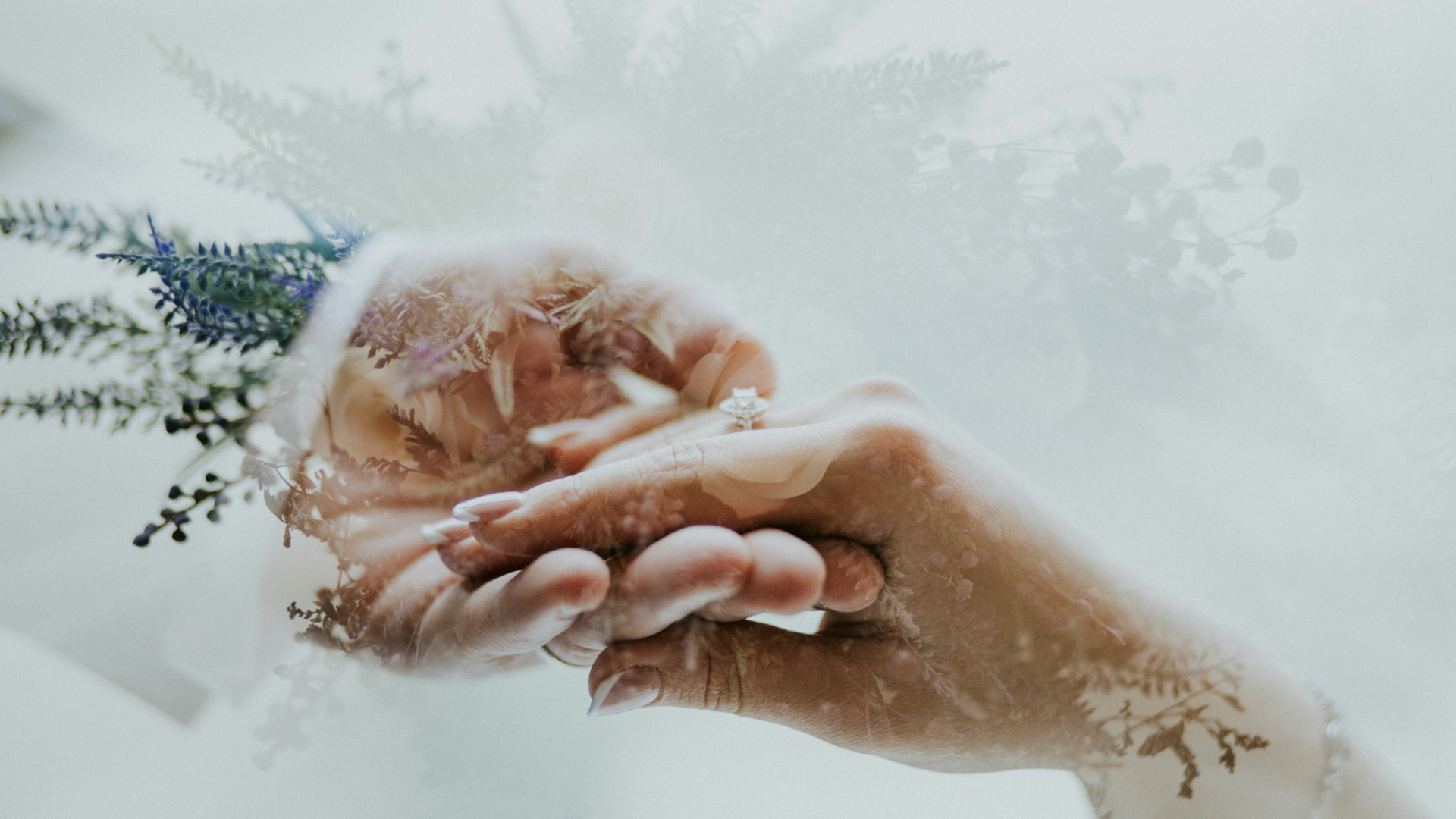

300x240.png)